South Africa’s hopes of reaching the semifinals in England and Wales are all but over after a four-wicket defeat by New Zealand on Wednesday.
South Africa are still alive at the World Cup but with just one win from six matches it would take an extraordinary combination of results to see them into the semifinals from a 10-team round-robin group phase.
Here, we take a look at some of the reasons behind their dismal performances.
Where is SA’s Kane Williamson?
South Africa’s woes at ICC global events will continue until its most experienced players perform in the crunch moments. It is an over-riding theme that has plagued so many events in the past, and it reared its ugly head again here in the United Kingdom.
Performing splendidly in bilateral series is nice, and racking up records along the way is swell, but it is here when the spotlights are at its brightest that legends are separated from the good players. South Africa came to this World Cup not wanting to perform “superhero” feats, but they were in dire need of a superhero to step up when they needed it most.
The walking wounded
Every team has injuries, and withdrawals, but no physio has earned his money like the Proteas’ Craig Govender over the past three weeks. South Africa have rarely had a fully fit squad to pick from throughout this tournament, and it was the bowlers that have suffered the most.
Considering South Africa’s proposed “X-factor” heading into the World Cup was its bowling unit, the team’s chances diminished greatly when Dale Steyn was forced to return home. Equally, Lungi Ngidi’s absence for crucial matches in the heart of the campaign forced a major rethink.
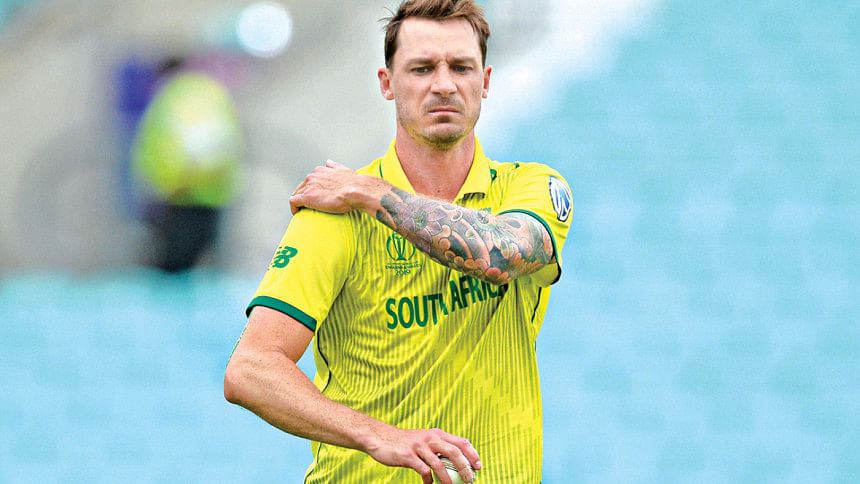
Frazzled minds
“The challenge is to stay cool enough to handle the pressure in the moment that you can succeed in future” – Liverpool’s Uefa Champions League winning coach Jurgen Klopp. This statement could not be more appropriate for the Proteas. It does not only refer to playing affairs, but selection and tactical planning too.
Everything unravelled at a rapid rate here with South Africa opting to bowl when they should have batted (Bangladesh at The Oval) and batted when they should have bowled (India in Southampton). Equally, the selection of the playing XI was often out of tune with the conditions.
Tabraiz Shamsi should have played in the opener against England on a dry Oval surface. It was also strange that Aiden Markram missed out against India at a venue he had played at all summer for Hampshire in the English County Championship.
Blame the suits
South Africa’s preparation for this World Cup was a hike up Table Mountain and a three-day camp at Tukkies’ in Pretoria. That is nowhere near enough for a high-intensity tournament like the World Cup. While Cricket South
Africa’s financial woes are well-documented, it is no time to start penny-pinching before a major tournament.
Previous Proteas teams have spent time in the Swiss Alps with High-Performance analysts from outside the cricket world before successful trips to England. Equally, CSA’s inability to stand up to the BCCI and get key players released early from the IPL basically pulled the rug out of the Proteas’ World Cup campaign.

Kagiso Rabada looked a weary version of his best self at this World Cup due to his exertions in the IPL for Delhi.
Dad’s army
South Africa entered this World Cup with five players over 34 years old. And Faf du Plessis admitted to ageing another five years during the epic clash against the Kiwis. It showed in the field where Du Plessis – one of the finest fielders in his day – simply doesn’t have a “gun” arm any longer after numerous shoulder injuries.
Hashim Amla, who even in his prime was never the most athletic fielder, struggled to cope with the intensity and Steyn, of course, never even got on the park.

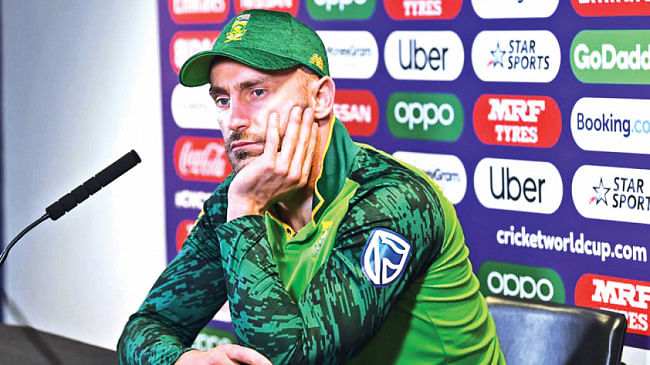
 For all latest news, follow The Daily Star's Google News channel.
For all latest news, follow The Daily Star's Google News channel. 






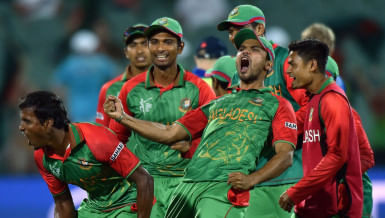
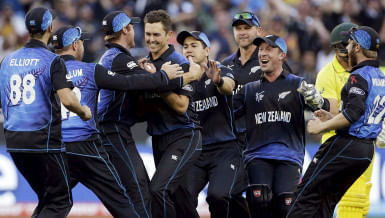
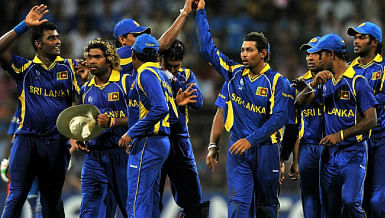
Leave your comments